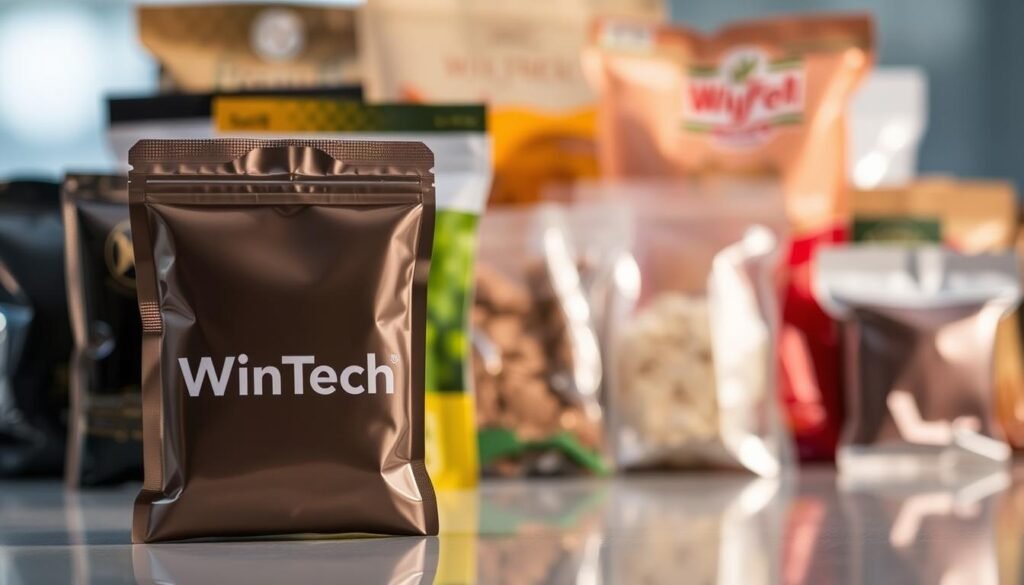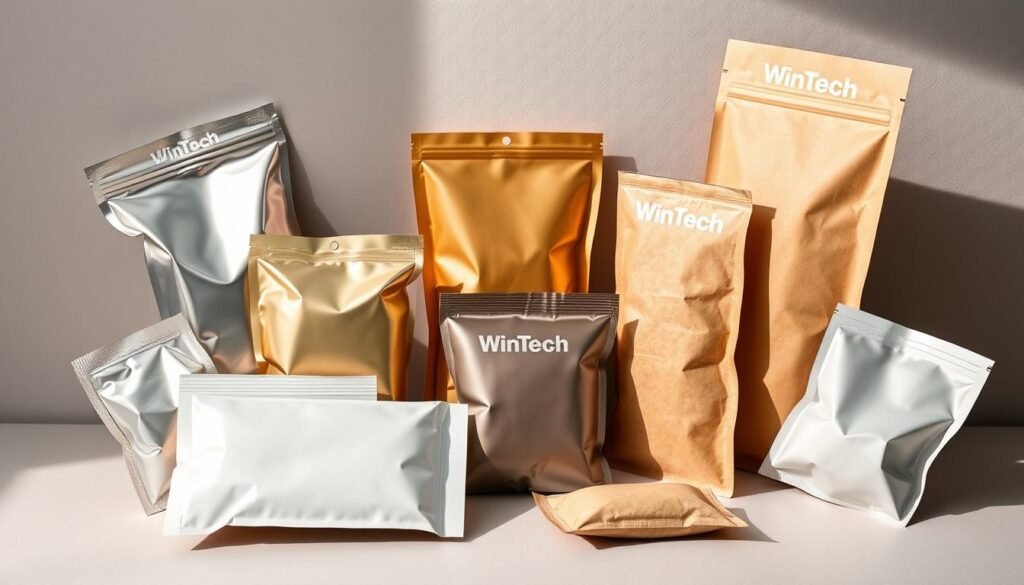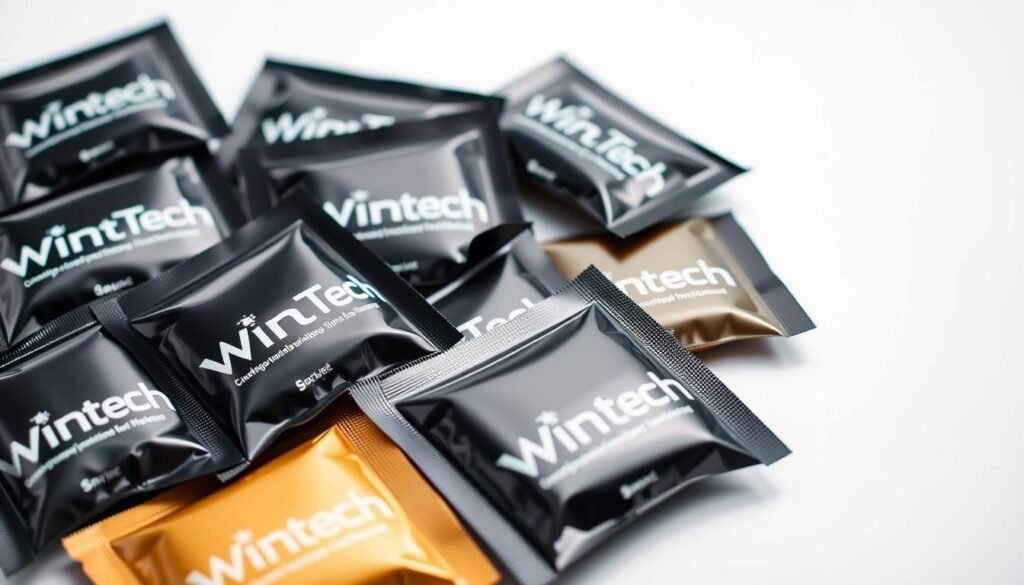
Have you ever wondered how small packaging solutions are revolutionizing food preservation and consumer convenience? What are sachets, and why are they becoming increasingly critical in modern packaging technologies?
Sachets represent a versatile packaging solution that addresses multiple challenges in food preservation and product distribution. Understanding what are sachets involves exploring their unique design and functional capabilities. These compact packets are engineered to protect contents from environmental factors while providing convenient single-use or portion-controlled packaging options.
Types of sachets range from food-grade materials to specialized industrial packaging. The sachets definition encompasses flexible containers designed for specific preservation and distribution needs. Manufacturers utilize advanced materials that can withstand rigorous processing techniques like retort processing, which ensures commercial sterility of food products.
Retort processing plays a crucial role in eliminating potential food safety risks, particularly addressing challenges posed by microorganisms like Clostridium botulinum. By understanding what are sachets and their thermal resistance properties, food producers can develop safer, more reliable packaging solutions.
Key Takeaways
- What are sachets – Sachets provide innovative packaging solutions across multiple industries
- Thermal resistance is critical for food preservation techniques
- Retort processing ensures commercial sterility of packaged products
- Flexible packaging materials enhance product protection
- Single-use sachets offer convenience and portion control
Understanding What Are Sachets and Their Uses
Sachets have become an innovative packaging solution transforming how consumers interact with various products. These compact, single-use containers offer unique advantages across multiple industries, from food to personal care.

Sachets represent small, sealed packages designed for convenient, precise product distribution. Unlike traditional packets, sachets provide more robust protection and specialized functionality for contents.
Defining Sachet Characteristics
A sachet typically consists of multiple protective layers engineered for specific purposes. In food packaging, retort pouches are constructed with a sophisticated 4-ply laminate:
- Polyester external layer
- Nylon middle layer
- Aluminum foil protective layer
- Polypropylene interior layer
Common Applications of Sachets
Sachets vs packets emerge as a versatile packaging solution across diverse sectors:
| Industry | Sachet Uses |
|---|---|
| Food | Condiment packaging, instant meals |
| Pharmaceuticals | Single-dose medications |
| Cosmetics | Travel-size skincare samples |
Advantages of Using Sachets
Consumers appreciate sachets for their remarkable benefits:
- Precise portion control
- Extended product shelf life
- Reduced packaging waste
- Enhanced product preservation
“Sachets revolutionize packaging by offering convenience without compromising product quality.” – Packaging Innovation Magazine
Single-use sachets continue transforming consumer experiences across multiple product categories, providing efficient and user-friendly packaging solutions.
What Are Sachets in the Context of Food Packaging
Food sachets represent a critical innovation in modern packaging technology, offering manufacturers and consumers a versatile solution for preserving and distributing various food products. These compact packaging units have revolutionized how food is stored, transported, and consumed across multiple industries.

Sachets packaging has become increasingly sophisticated, addressing complex challenges in food preservation and distribution. The design and functionality of food sachets require careful engineering to meet rigorous industry standards.
Thermal Resistance in Sachets
Thermal resistance is a crucial characteristic of high-quality food sachets. Manufacturers must ensure that sachets can withstand extreme temperature variations during processing and storage. Key considerations include:
- Material selection for optimal heat tolerance
- Multilayer packaging design
- Sealing techniques that maintain structural integrity
Retort Processing and Sachets
Retort processing demands exceptional performance from food sachets. Wintech Package and other leading manufacturers focus on developing packaging solutions that can endure high-pressure, high-temperature sterilization processes.
The control of air content in retortable pouches emerges as a critical process factor. Processors must carefully manage air volumes to ensure consistent thermal treatment and product quality.
Factors Affecting Sachet Functionality
Several key factors impact the effectiveness of food sachets:
- Material composition
- Barrier properties
- Sealing method
- Air content management
By understanding these intricate details, manufacturers can develop sachets packaging that meets the most demanding food preservation requirements.
Future Trends: What Are Sachets Advancing Towards
The packaging industry is witnessing remarkable transformations in sachet technology. Innovative design approaches are reshaping how manufacturers develop cosmetic sachets and biodegradable sachets for diverse market segments. Your understanding of these emerging trends can help businesses stay competitive and responsive to changing consumer demands.
Cutting-Edge Design Innovations
Modern sachet technologies are pushing boundaries with advanced material sciences. Manufacturers are developing ultra-thin, lightweight packaging solutions that reduce environmental impact while maintaining product integrity. Biodegradable sachets are becoming increasingly popular, especially in cosmetic sachets targeting environmentally conscious consumers.
Sustainability Revolution
Sustainability is driving significant changes in sachet development. Companies are investing heavily in research to create packaging solutions that minimize waste and environmental footprint. Biodegradable sachets offer an exciting alternative to traditional packaging, providing brands with an opportunity to demonstrate environmental responsibility.
Market Expansion Dynamics
The United States market for sachets continues to grow rapidly across multiple industries. From personal care products to food packaging, cosmetic sachets are experiencing unprecedented demand. Innovations in manufacturing processes are making these packaging solutions more cost-effective and versatile, ensuring continued growth and adoption by leading brands.



